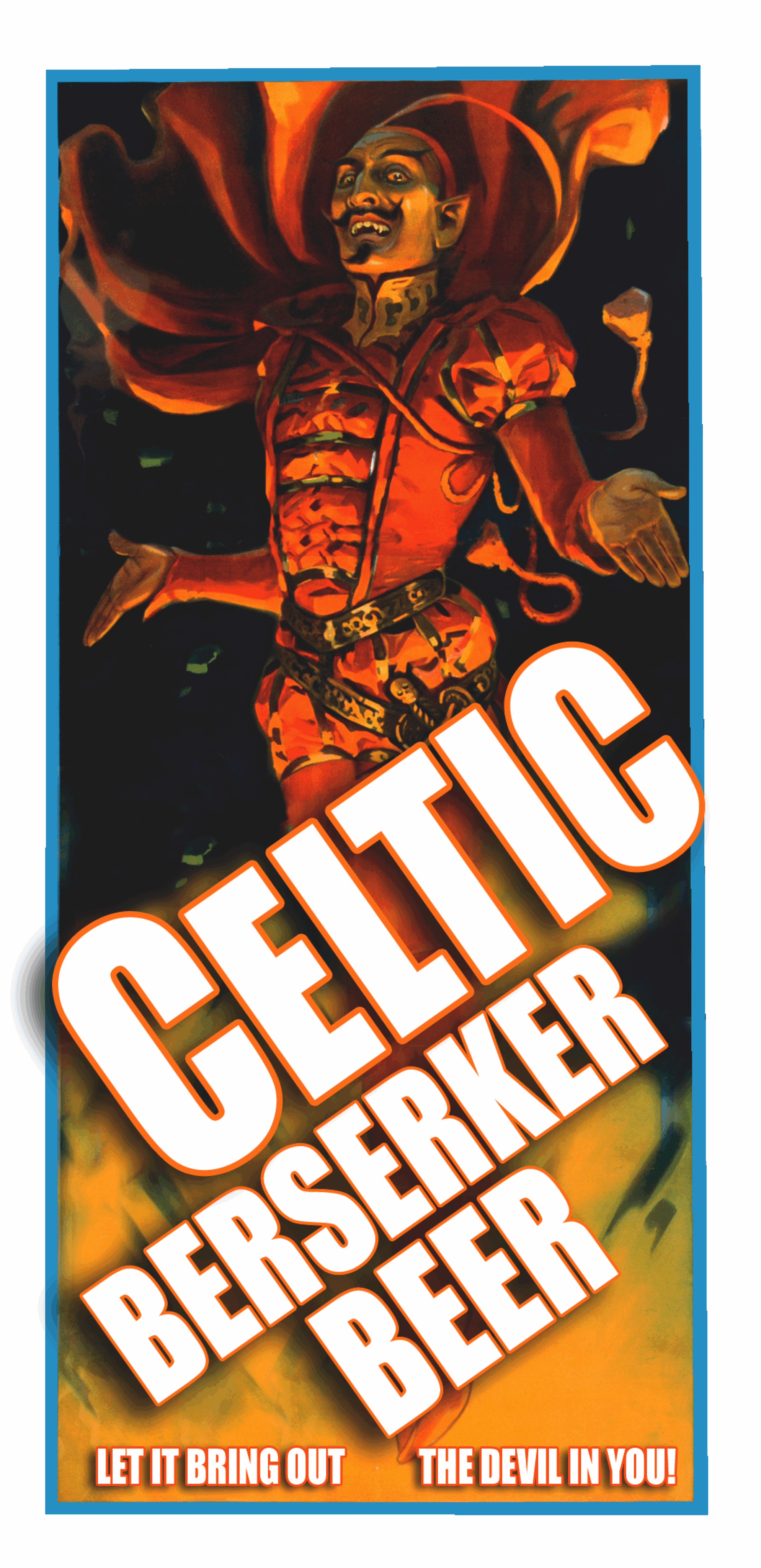The first thing one notices when surveying the vast landscape of beer is how much it is all the same. Like a great sandy desert, vast swaths of it have a numbing sameness. Well over 90 percent of modern beer is brewed from the same handful of ingredients, to about the same strength, with more or less the same brewing techniques. Fizzy, yellow, a kiss of hops in the better brands.
When one squints into the depths of the past, a nearly psychedelic profusion of startling beers appears out of the mist.

It’s hard to say exactly how we got ourselves into this predicament, but technology, marketing, taxation and war have all played important roles. In this country, anti-German sentiments stirred up by WWI followed immediately by Prohibition shredded much of what could be termed “beer culture” in America. Lacking a richer social context, beer followed the model of soda pop, a commodity product in branded packaging. In this form it utterly dominated much of the 20th century.
But, like the desert, if you peer into the cracks and crevices, the beer scene teems with life. Specialty shelves in American liquor stores now bulge with a variety of characterful and delicious products. And when one squints into the depths of the past, a nearly psychedelic profusion of startling beers appears out of the mist.
Peering into the Past
As early as ancient Sumeria, 6,000 years ago, many varieties of beer existed. We have written references to strong, weak, sour, sparkling, aged, fresh, black, red and light (whose name, ebla, literally means “lessens the waist”) beers. A profusion of medicinal and culinary plants was available, but the ancient brewers, like modern ones, were reluctant to give up all their secrets. We will have to wait for some future chemical discovery to flesh out the recipes.
Early beer is unquestionably connected to religion, ritual and even spirituality. It is no fluke, for example, that one word for alcohol is “spirits.” Everywhere there was beer, a god—or more likely, goddess—was attributed to it. In Sumeria, Ninkasi was her name. In ancient Egypt, the legend of Sekhmet tells the story of how a beer saved the world of humans from destruction. The Goddess of Destruction was on one of her rampages, but a timely swig of a beer laced with the stupefying narcotic root, mandrake, calmed her rage. Never mind that this beer would have reeked of garlic; such psychoactive beers were widely used for ritual (and possibly medical) purposes in the ancient world.
In 1957, archaeologists digging in the region of ancient Phrygia (now Macedonia) broke through a shaft and discovered an intact royal burial, complete with the remains of a grand funerary feast. The occupant of the tomb turned out to be no less than King Midas himself. The profusion of elaborate ware used for the drink attested to its central role in the ceremony.
Traces of food and drink recovered from these ancient containers remained mute for decades. Then, in 1997, a University of Pennsylvania researcher, Patrick McGovern, submitted some of the scrapings to chromatographic analysis. Chemical markers for honey, grapes and malt were all in evidence, the makings of a strange and wonderful beverage.
McGovern teamed up with Dogfish Head Brewery’s Sam Calagione to produce a beer to serve at a celebratory dinner recreating the king’s funeral banquet. The resulting beer was such a success that Dogfish Head continued to produce it as a specialty product. A pale orangish gold, with a perfumy nose of aromatic grapes, honey and a wisp of exotic saffron, Midas Touch has a delicate crèmant champagne quality.












Hello Randy,
I am looking for a recipe of Danziger Jopenbier. From what I’ve heard it was available at allaboutbeer.net some time ago but the old link doesn’t work anymore. Any clue where I could find information on this beer serup? I live in Gdansk and Jopenbier is a part of my city’s history which I would like to recultivate.
All the best,
Wojtek Godek